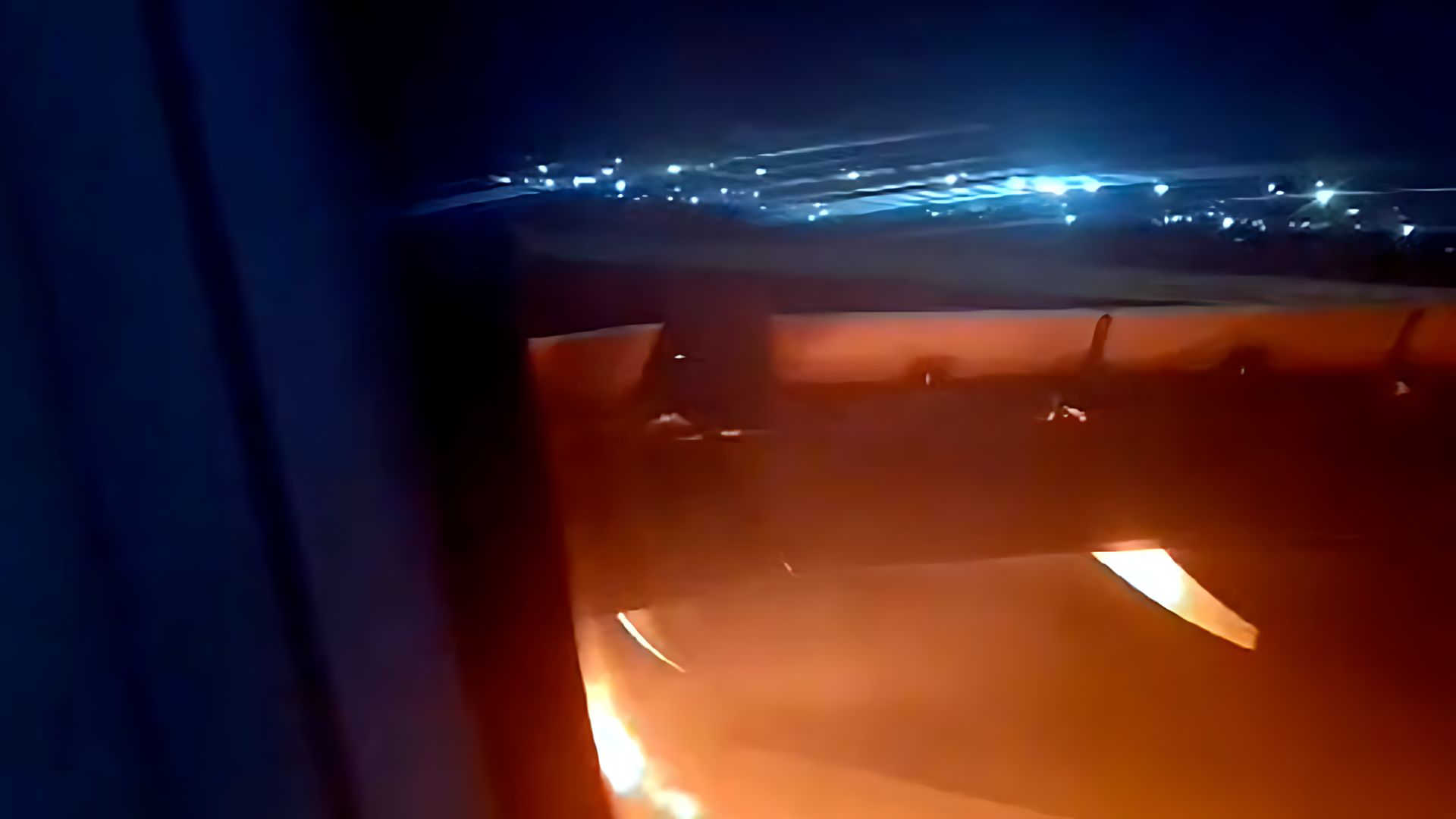


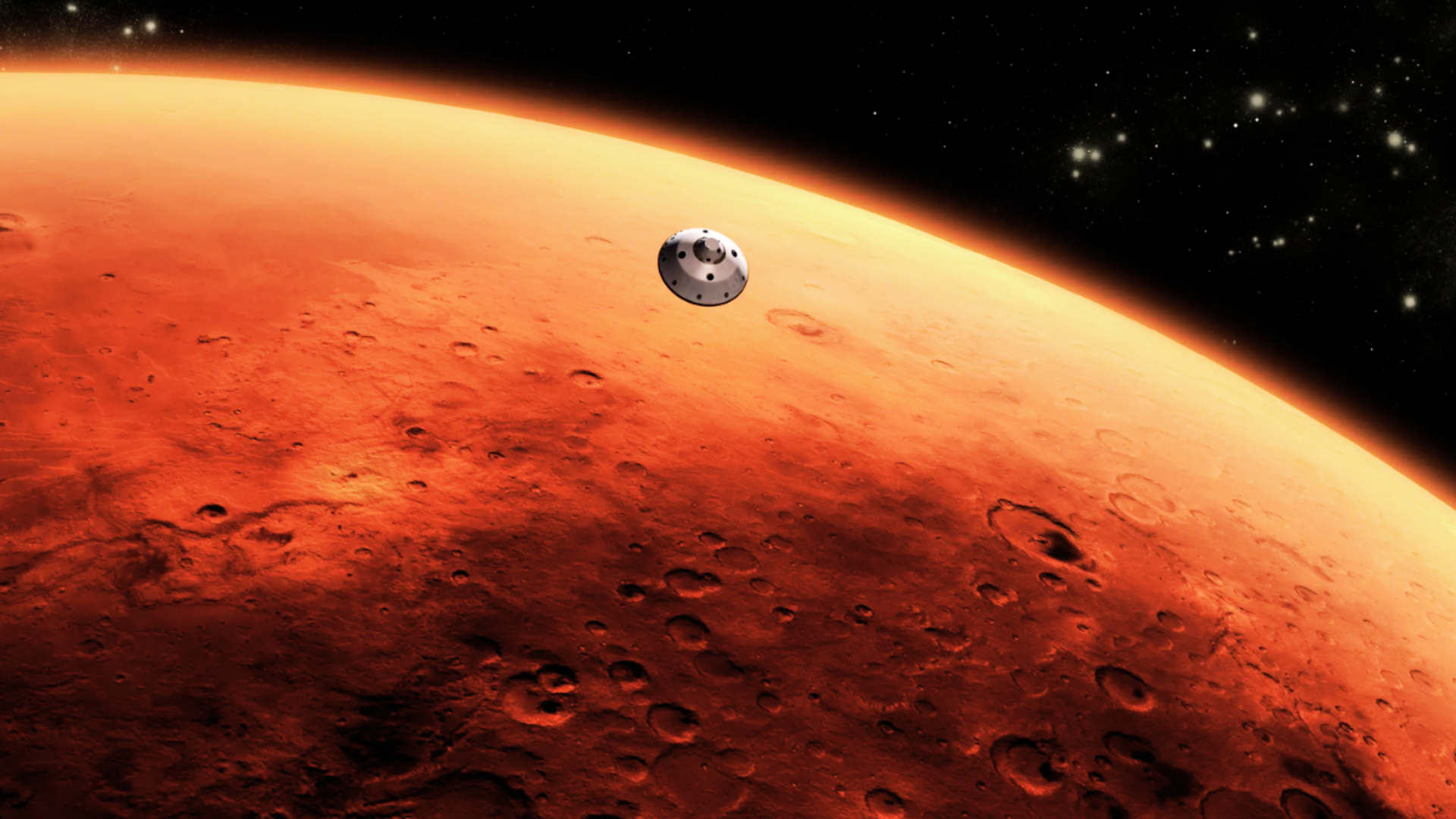
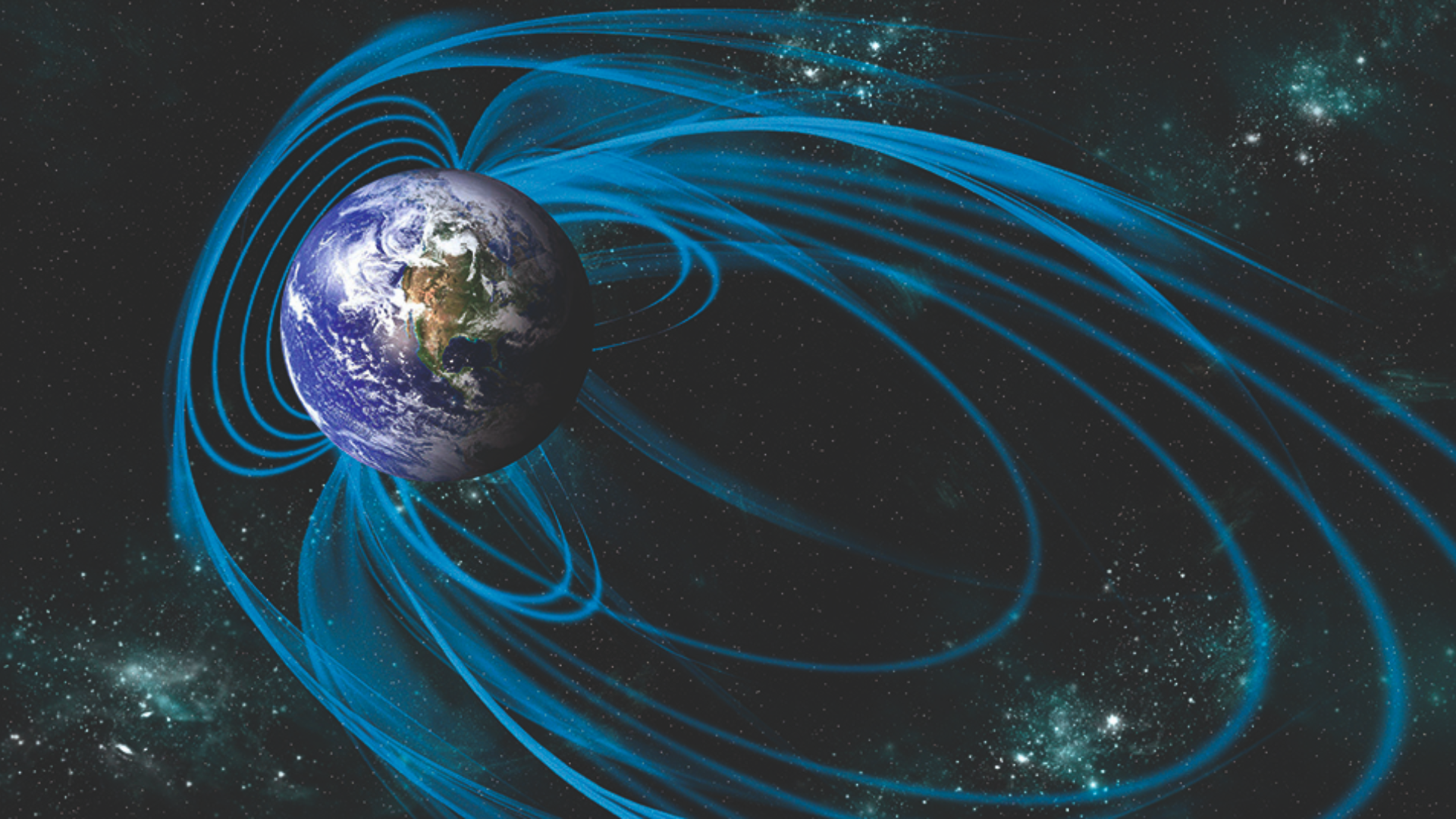


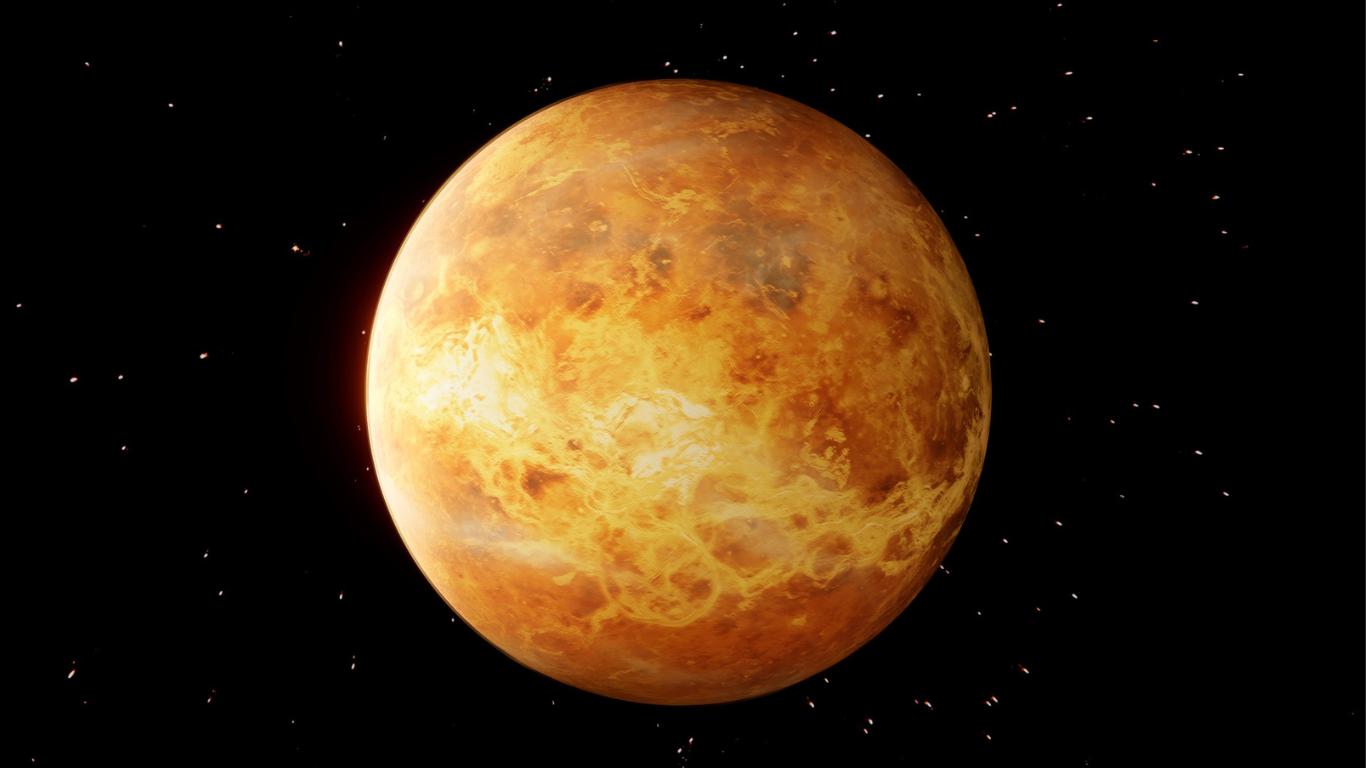
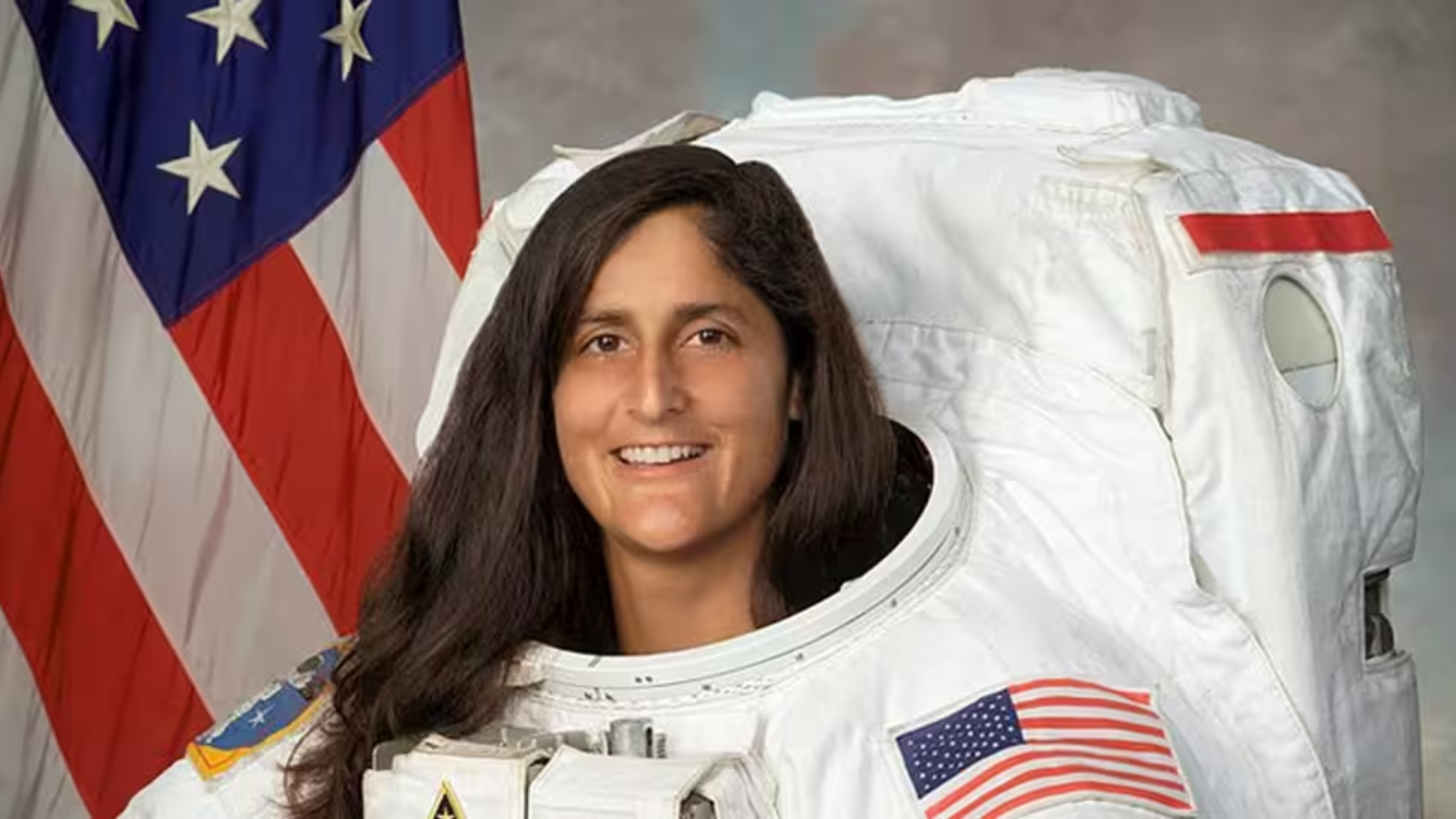

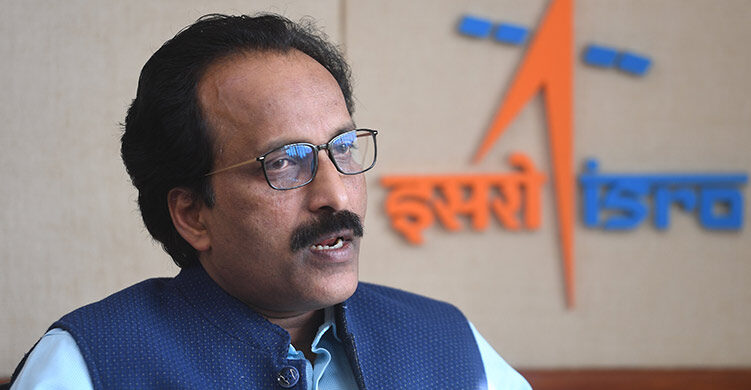
ISRO Chief Dr S Somanath announced on Saturday that the highly anticipated ‘TV-D1’ (Test Vehicle Development Flight 1), a crucial component of India’s ambitious Gaganyaan mission is set for its inaugural test flight on October 21. The mission will be executed at the Satish Dhawan Space Centre in Sriharikota, Andhra Pradesh to evaluate the crew module designed for the upcoming Indian manned spaceflight, planned for the latter part of next year.
Speaking to the press in Madurai, Dr Somanath emphasized the importance of the Test Vehicle-D1 mission within the broader Gaganyaan program, particularly highlighting the significance of testing the crew escape system. He explained that the upcoming test would focus on demonstrating the crew escape system during the Transonic phase of the flight, a critical aspect of ensuring astronaut safety during space missions.
Elaborating on the upcoming launches, Dr Somanath revealed a comprehensive launch schedule, indicating the sequence of future missions, including GSLV, SSLV, and PSLV launches, followed by the Gaganyaan unmanned mission. He assured that this busy launch schedule would see at least four to five launches before January.
The Gaganyaan project aims to showcase India’s capability in human spaceflight by sending a crew of three members into a 400-kilometer orbit for a 3-day mission, safely returning them to Earth with a planned landing in the Indian sea waters. This initiative is poised to elevate India to the ranks of the United States, Russia, and China as the fourth nation to achieve a manned spaceflight mission.
Additionally, Dr Somanath provided an update on the progress of the Aditya-L1 program, ISRO’s pioneering solar mission. He confirmed that the mission is progressing as scheduled, with the spacecraft expected to reach the Lagrange point (L1) around the middle of January 2024. The Aditya-L1 mission holds significant promise for the study of the Sun from a considerable distance of 1.5 million kilometers, with an estimated travel time of approximately 125 days to reach the L1 point.
Also Read: US State Secretary Antony Blinken Affirms Hamas’ Terrorist Activities and Intentions Targeting Israel
Catch all the Latest Business News, Breaking News Events, and Latest News Updates on NewsX









